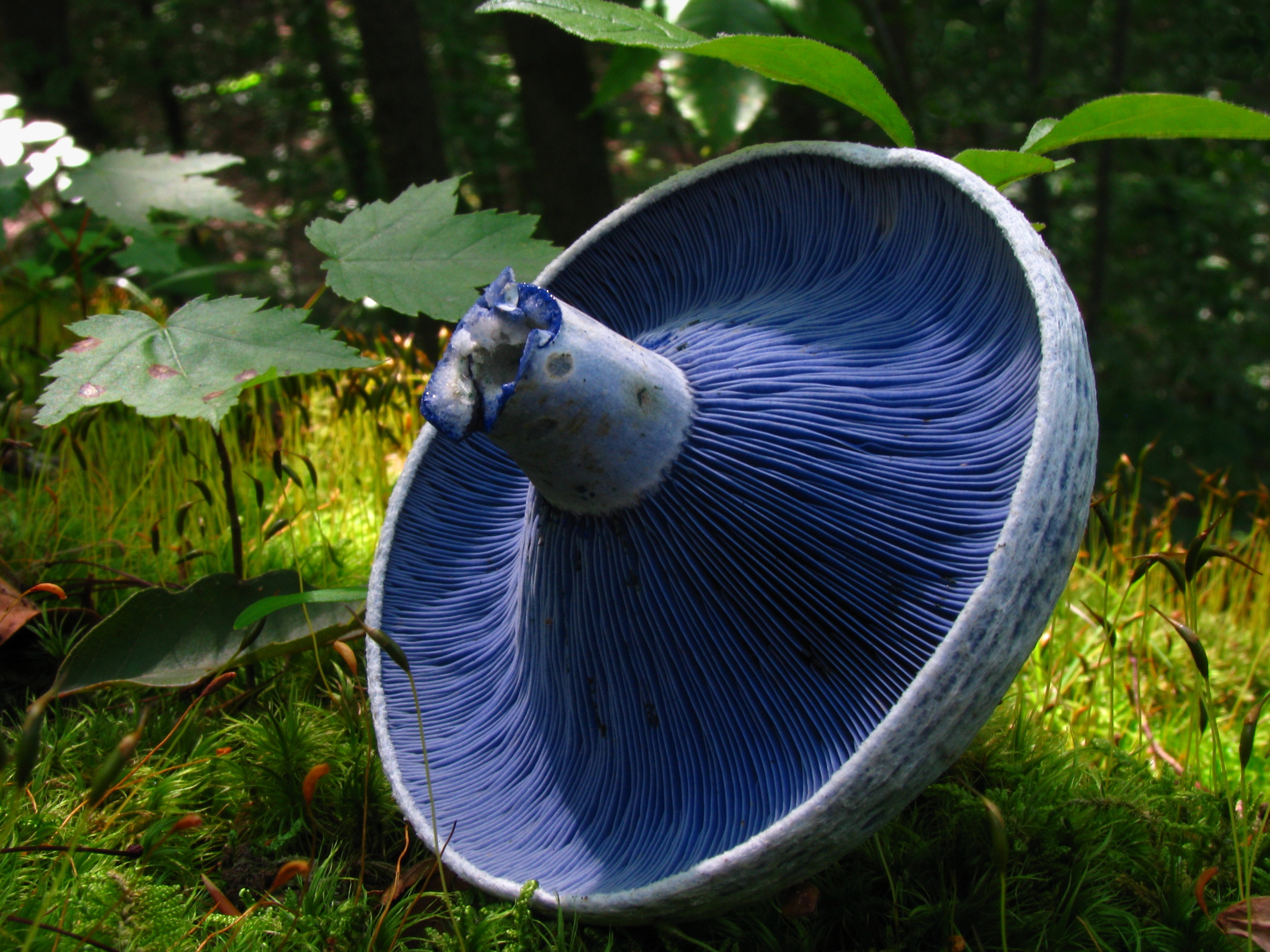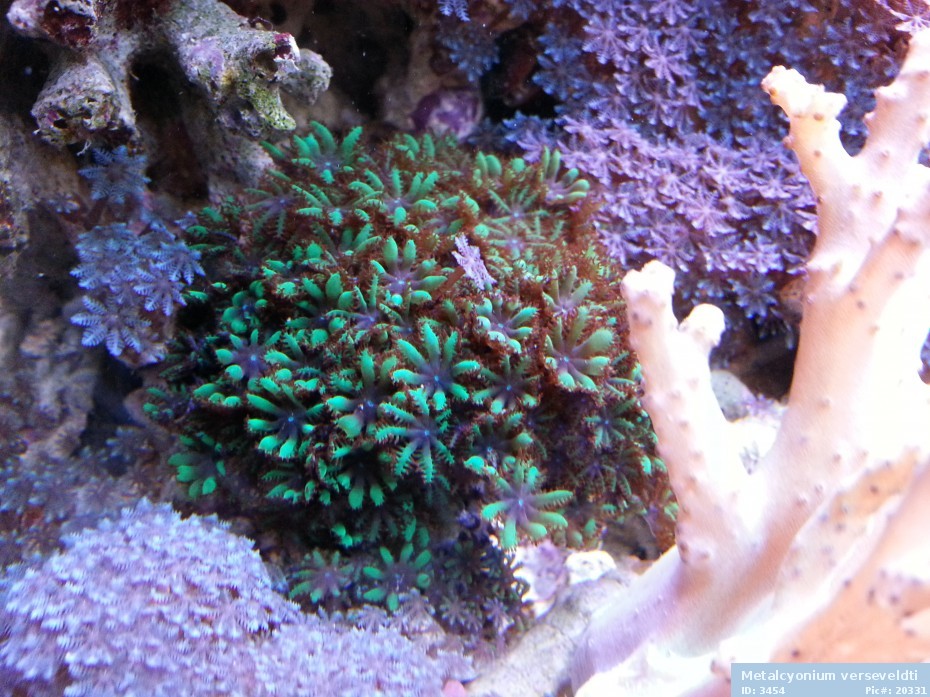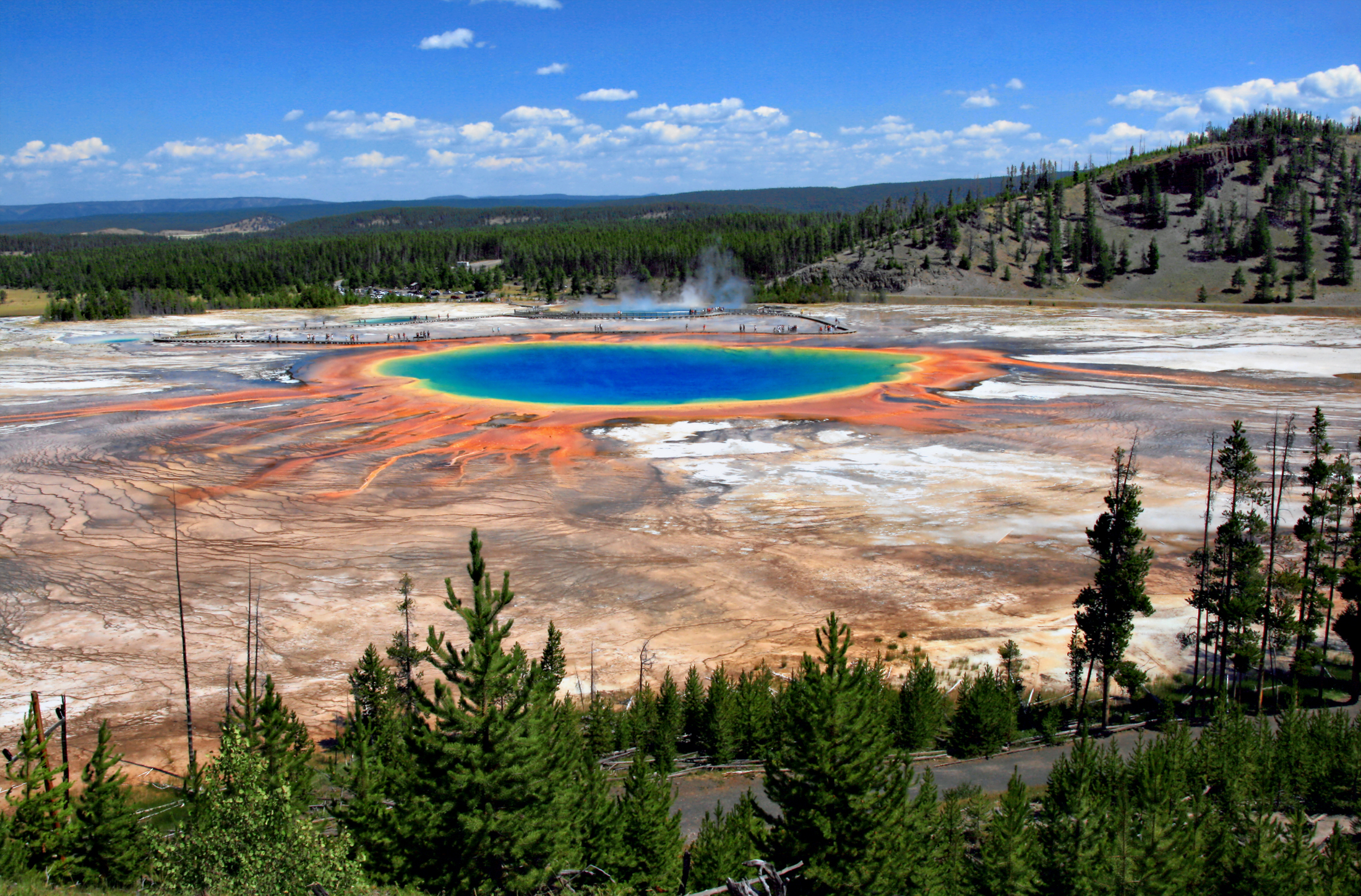
|
Biological Magnetic Resonance Data BankA Repository for Data from NMR Spectroscopy on Proteins, Peptides, Nucleic Acids, and other Biomolecules |
Member of
|
Color-Inducing Metabolites and Good Looking Food
Naturally colored substances - pigments - are present in nearly every organism in the world. They are in leaves, fruits, vegetables, and flowers; also, they are present in skin, eyes, and other animal organs, in bacteria, and fungi. Some natural pigments are particularly important and responsible for life itself. The world as we know it would not exist without
- chlorophylls and carotenoids that process sun light in plants,
- quinones that serve as parts of electron transport chain in the conversion of light into chemical energy,
- flavonoids that plants synthesize under stressful conditions to help them fight the stress, such as anthocyanin,
- hemoglobin and myoglobin responsible for oxygen and carbon dioxide transport in animals.
Color inducing metabolites can be classified by the chemical structure of the chromophore. For example, they may contain electron conjugated systems, such as in carotenoids, anthocyanins and betalains. Chromophores may be based on metal-coordinated organic systems, as in porphyrins, myoglobin, chlorophyll, and their derivatives. Also, polyphenolic molecular structures found in plants often serve as color-inducers with various functional purposes.
Take Lactarius Indigo - intensely blue mushroom milk caps (Fig.1). Here, blue color means that the red and the green parts of the spectrum - which are available in the dark forest - are absorbed, and the blue part is reflected. This is enabled by the presence of two azulene-based terpenoids, vetivazulene and guaiazulene. Similar azulene skeletons are found in Nature in the soft corals Alcyionium verseveldti at the dark ocean bottom (Fig.2).

Fig.1 Lactarius Indigo mushrooms

Fig.2 Alcyionium verseveldti corals
Major pigments involved in photosynthesis in nature are chlorophylls and carotenoids. Carotenoids take part in the light harvesting, and as photoprotectors. Carotenoids also provide colors to flowers, seeds, and fruit and play important role in reproduction. Coloration attracts animals that disperse pollen, seeds, or spores, and is applied in the cell-to-cell recognition systems. It has been proposed that carotenoids evolved in anaerobic organisms to serve in photosynthesis, and then evolutionary generalized to all of the aerobic photosynthetic organisms. Only microorganisms and plants can synthesize carotenoids de novo. Carotenoids in animals come from these two sources, mostly as a part of diet.
The orange ring of carotenoids surrounding the spectacular Grand Prismatic Spring in Yellowstone Park (Fig.3), is due to accumulation of mats of algae and bacteria. Approximately 80 various carotenoids are synthesized by various photosynthetic bacteria. An important biotechnology approach for industrial scale production of carotenoids is based on the culturing of algae and bacterial strains.

Fig.3 Grand Prismatic Spring in Yellowstone Park
β-carotene is a strongly colored red-orange pigment abundant in plants and fruits. It is chemically classified as a hydrocarbon terpenoid (isoprenoid), reflecting its derivation from isoprene units. β-carotene gives color to objects by absorbing light of particular colors and reflecting other light. Some other notable examples of similar structures are lycopene (red — found in tomatoes), and chlorophyll (green — found in many plants). Abundant colors are indicative of ripeness which is why the food industry employs a variety of natural colors for shelf product treatments which are based on natural metabolites[1].
Food industries use a variety of natural pigments:
- Annatto, a carotenoid based, yellow-to-orange food coloring and flavor. It is derived from the seeds of the Achiote trees. Historically, it has been used as coloring in many cheeses, like in cheddar, gloucester, and red leicester. Annatto can also be used to color rice, custard, baked goods, seasonings, and potatoes.
- Betanin (indole derivative based) is extracted from beets and gives colors to ice cream and soft drinks. Plant physiologists are uncertain of the function that similar compounds serve in plants which possess them, but there is some preliminary evidence that they may have fungicidal properties.
- Green food color chlorophyllin comes from algae, where it is an extremely important biomolecule, critical in photosynthesis, that allows plants to absorb energy from light.
- Anthocyanins are the most abundant phenolic compounds and are present in many berries. They provide all sorts of shades of bordeaux and purple in our food.
- Lycopene comes from the tomato. It is a bright red carotenoid pigment also present in vegetables, such as red carrots, watermelons and papayas. Like all carotenoids, lycopene is a polyunsaturated hydrocarbon with conjugated double carbon-carbon bonds.
Another natural red coloring used in the food industry is carmine, a bright red dye. Surprisingly, it comes not from plants, but from the cochineal insect Dactylopius coccus, and is used in coloring a variety of red confectioneries. Other common yellow-colored metabolites are curcumin and lapachol, natural phenols responsible for the yellow color of turmeric and the bark of lapachol tree.
In photosynthetic tissues (such as leaves and sometimes stems), pigment flavonoids and anthocyanins have been proven to act as a "sunscreen" protecting cells from high-light damage by absorbing blue-green and ultraviolet light. This has been shown to occur in red juvenile leaves, autumn leaves, and broad leaf evergreens that turn red during the winter. The red coloration of leaves has been also proposed to possibly camouflage leaves from herbivores blind to red wavelengths, or signal unpalatability, since anthocyanin synthesis often coincides with synthesis of unpalatable phenolic compounds [2].
In plants, algae, and other photosynthetic organisms, β-carotene is responsible for yellow, orange, or red pigmentation, photosynthesis, and photo-protection. Significantly, carotenoids behave as quenchers of singlet oxygen, protecting cells and organisms against lipid peroxidation. β-carotene has also been shown to protect from mitrochondrial DNA mutations associated with photo-aging, which may play a role in carcinogenesis [3].
In various related research, NMR spectroscopy is often used as a powerful tool in elucidating the structure of color-inducing metabolites, particularly to follow the structural changes in the natural compound mixes. In modern structural studies of natural anti-oxidants, a complete 1- and 2D 1H NMR and 13C NMR experiment set is a method of choice. The metabolomics database at the BMRB contains 1H, 13C, 13C DEPT90, DEPT135, TOCSY, COSY45, HSQC, HMBC and HSQC-TOCSY-ADIA NMR spectral data for carotenoid and flavonoid metabolites, including β-carotene (BMRB entry bmse001131). They are presented as time domain data, spectral pictures, and tables of assigned chemical shifts. Similar data are presented for several indole and azulene based color-inducers, curcumin, and other colored food additives.
1. "Natural pigments: carotenoids, anthocyanins, and betalains--characteristics,
biosynthesis, processing, and stability.", Delgado-Vargas F et al; Crit Rev Food Sci Nutr. 2000 May; 40(3): 173-289.
2. "Anthocyanin", Sullivan J; ICPS Newsletter 1998 September
3. "Beta-carotene: a cancer chemopreventive agent or a co-carcinogen?"; Paolini M et al,
Mutat Res. 2003 Jun; 543(3): 195-200